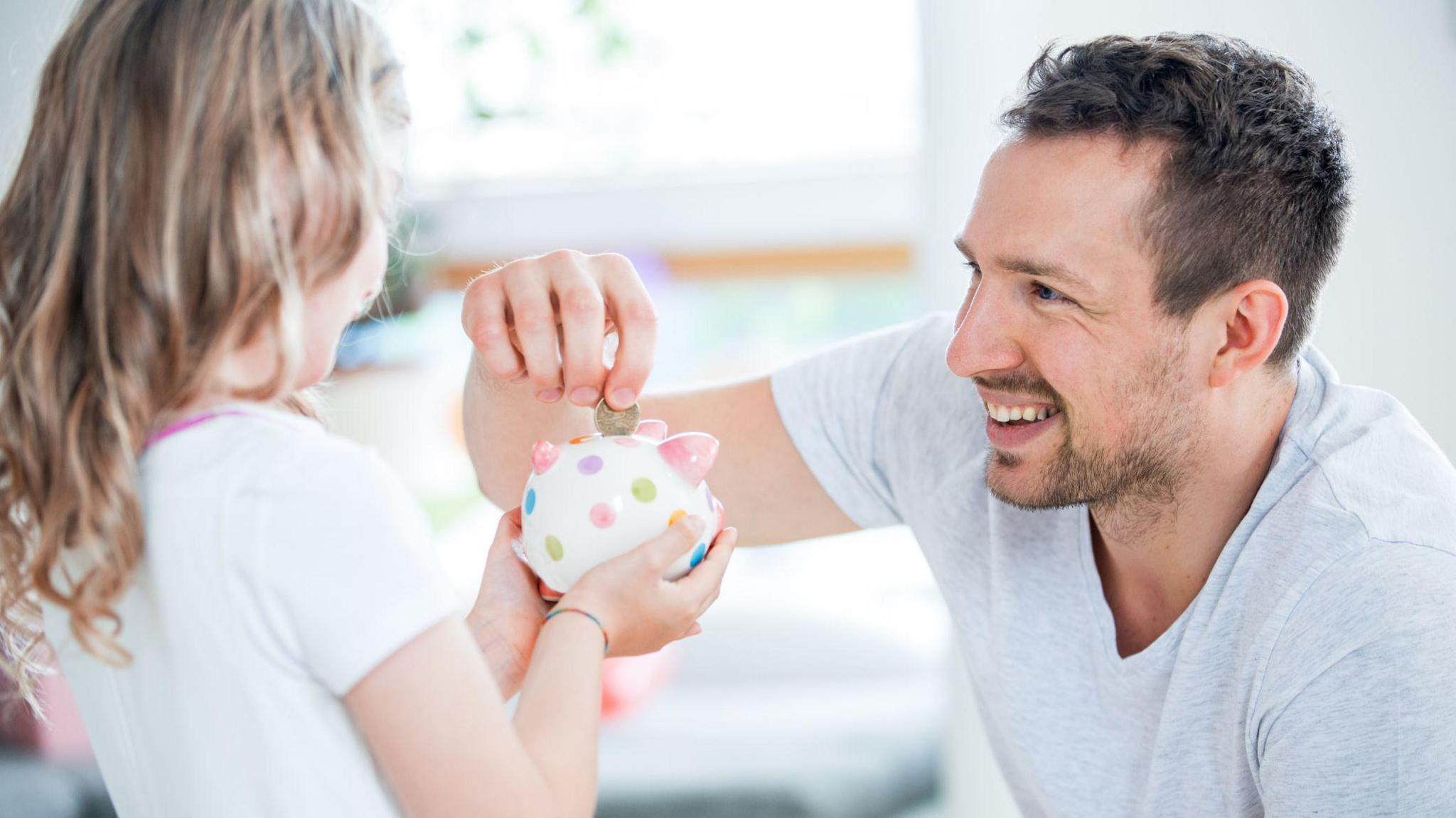
At some point, many parents face a surprising and sometimes tricky question from their children: “Are we rich?” It might come after visiting a friend’s house, seeing something expensive, or just noticing differences in how people live. While the question can feel uncomfortable, it’s a perfect opportunity to start an honest, age-appropriate conversation about money, effort, and what “rich” really means.
Children often view wealth in very simple terms — the size of a house, the number of toys, or whether their parents say “yes” at the store. But helping them understand the bigger picture of money and value can shift their perspective in healthy and important ways. A great place to begin is with the question, “Where does money come from?”
Explain to your kids that money doesn’t just appear or come from the bank or an app. It’s earned. Money comes from people working and creating value. When someone does a job — whether it’s fixing cars, teaching students, designing apps, or running a store — they get paid for their effort and skill. That income allows families to pay for food, housing, transportation, and everything else they need.
This helps children understand that being “rich” isn’t just about what you own — it’s also about how people earn, spend, and use their money. Some families may earn more because of the kind of work they do, how long they’ve been working, or the choices they’ve made with their finances. Others may earn less but still live comfortably by saving, budgeting, and being wise with their spending.
You can also explain that people have different priorities. One family might go on big vacations, while another prefers to save for the future. Some might spend more on experiences, while others invest in education or a home. These choices don’t necessarily mean someone is rich or poor — they reflect how people use the money they earn.
When your child asks, “Are we rich?” it can also be a good moment to introduce the idea of financial well-being. You might say, “We have what we need, and that’s something to be thankful for. We work hard to earn money, and we make choices about how to use it.” This balances honesty with reassurance, while reinforcing the value of effort and responsibility.
Another important lesson is that richness isn't only about money. Some families may not have a lot of material things, but they are “rich” in love, experiences, learning, or community. Helping children see richness in relationships, opportunities, and time together builds gratitude and resilience.
Finally, involve kids in small financial decisions. Let them help with grocery lists, choose between two activities, or save up for a toy. This makes the concept of money more concrete and teaches them that every dollar — no matter how much you have — comes with choices and responsibility.
By answering honestly and teaching thoughtfully, you help your children develop a healthy understanding of money and value — starting with the essential question: Where does money come from?